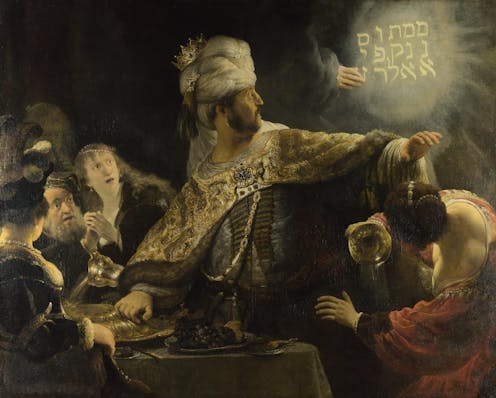Bad art friends – Jen Craig may be the best Australian writer you've never heard of
- Written by Emmett Stinson, Lecturer in Literary Cultures, University of Tasmania

How do you review a novel when its author has already written a book-length work of criticism[1] on it before it was published? The rise of the Creative Writing PhD in Australia has created this perhaps unexpected dilemma for critics, who will now find that many contemporary novels come predigested, with the exegetical section of the PhD offering more extensive analysis than any in-depth review ever could.
I could gloss Jen Craig’s brilliant third novel Wall[2] – which was originally submitted as part of her PhD thesis at Western Sydney University in 2017 – but I will probably never be able to describe it as well as she already has: Wall “follows the thoughts and preoccupations of a visual artist, who has made a career out of exploiting” her “experience of anorexia” and is then “forced to confront what refuses to be contained by her representations”.
Review: Wall – Jen Craig (Puncher & Wattmann)
Wall is the third short novel Craig has published over the past 13 years. Her first, Since the Accident[3] (2010), was originally published by the small press Ginninderra. Aside from a review in The Sydney Morning Herald in which Kerryn Goldsworthy described Craig as a “writer of great skill”, it largely passed unnoticed – although it arguably anticipates Rachel Cusk’s widely praised Outline trilogy[4], formally and stylistically.

















